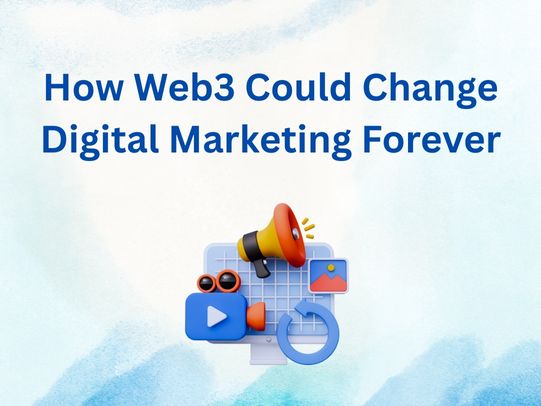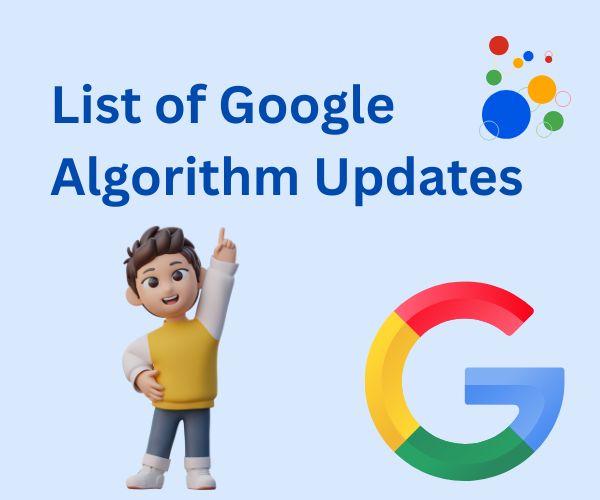The digital marketing landscape is always evolving. From traditional display ads to SEO, social media, and AI-driven personalization, marketers have had to adapt constantly. Now, a new frontier is emerging: Web3. This decentralized, blockchain-powered internet promises to radically change how brands interact with consumers, how data is handled, and even how value is exchanged online.
In this article, we’ll explore what Web3 is, how it differs from Web2, and why it could fundamentally transform digital marketing forever.
What is Web3?
Web3 is often described as the next generation of the internet, where ownership, privacy, and decentralization are central principles. Unlike Web2, where tech giants like Google, Facebook, and Amazon control most of the data, Web3 uses blockchain technology to give users more control over their information, digital assets, and online identity.
Key components of Web3 include:
- Blockchain Technology: A decentralized ledger that records transactions transparently and securely.
- Cryptocurrencies & Tokens: Digital currencies that can facilitate transactions and incentivize user engagement.
- Decentralized Applications (dApps): Apps that operate on a blockchain rather than a centralized server.
- NFTs (Non-Fungible Tokens): Unique digital assets that prove ownership of digital art, collectibles, or even virtual real estate.
This shift from centralized control to user-owned systems creates new opportunities-and challenges-for digital marketers.
How Web3 Impacts Digital Marketing
1. User Ownership and Data Privacy
One of the biggest changes Web3 brings is user control over personal data. In the Web2 era, platforms collect massive amounts of user data for targeted advertising. With Web3, users can decide what information to share, and marketers may need to earn access through value exchange rather than simply collecting data by default.
This could lead to:
- Opt-in marketing campaigns where users voluntarily share their data.
- Reward systems that incentivize users to engage with brands.
- More transparency in how personal data is used, building trust with audiences.
2. Token-Based Incentives and Loyalty
Web3 enables brands to create digital tokens or cryptocurrency rewards that encourage customer engagement and loyalty. Unlike traditional loyalty points, these tokens can have real-world or digital value and can be traded or sold.
For example:
- A fitness app could reward users with tokens for completing challenges.
- A content platform could reward fans for creating or sharing content.
- Brands could offer limited edition NFTs as collectibles or membership perks.
Tokenized incentives create new ways for marketers to engage communities while giving users tangible value for participation.
How to Optimize Your Website for Conversion
3. Decentralized Advertising
In Web3, advertising may no longer be controlled by a few large tech companies. Decentralized ad networks are emerging where users can choose the type and frequency of ads they see.
This creates opportunities for:
- Direct-to-user campaigns without middlemen.
- Revenue-sharing models where users get a portion of ad revenue.
- Highly targeted, permission-based advertising that respects privacy.
For marketers, this means campaigns must be more transparent, creative, and value-driven to attract attention.
4. NFTs and Branded Experiences
NFTs aren’t just digital art-they’re a tool for creating unique brand experiences. Companies can leverage NFTs to:
- Sell exclusive digital products.
- Reward loyal customers with collectible tokens.
- Build communities around brand ownership and digital identity.
Brands like Nike, Gucci, and Coca-Cola have already experimented with NFTs to increase engagement and brand loyalty. This trend will likely expand as Web3 platforms mature.
Why Guest Posting Is Still One of the Best Strategies for Growing Your Brand
5. Web3 Communities and Social Proof
Web3 emphasizes community-driven engagement. Social media platforms in the Web3 era may focus on decentralized communities rather than top-down feeds controlled by corporations.
For marketers, this means:
- Building authentic communities around a brand.
- Engaging in peer-to-peer networks rather than relying solely on paid ads.
- Using social tokens or NFTs to reward advocates and brand ambassadors.
Community-driven marketing could become the most powerful form of brand growth, replacing intrusive advertising methods.
6. Challenges for Marketers
While Web3 offers exciting opportunities, it also introduces new challenges:
- Technical Complexity: Understanding blockchain, NFTs, and tokenomics is essential.
- Regulatory Uncertainty: Governments are still figuring out how to regulate cryptocurrencies and digital assets.
- Market Volatility: Token values can fluctuate drastically, impacting campaigns tied to rewards.
- Consumer Education: Users may need guidance to participate safely and effectively in Web3 environments.
Marketers will need strategic foresight, technical literacy, and creative thinking to navigate these challenges successfully.
How to Build High-Quality Backlinks Without Cold Outreach
What This Means for the Future of Digital Marketing
Web3 could fundamentally shift power from platforms to users, requiring marketers to focus on value, transparency, and engagement rather than just targeting and retargeting.
Key takeaways:
- Marketing will become more collaborative: Brands and users share value, attention, and rewards.
- Data privacy will be a selling point: Respecting user data is no longer optional-it’s central to trust.
- Creative campaigns will dominate: Traditional ads may be replaced by token-based experiences, NFTs, and community-building initiatives.
- Communities will replace audiences: Success depends on building genuine connections and active participation.
Digital marketing in the Web3 era is not just about reaching people-it’s about co-creating value and experiences in a decentralized ecosystem.
Final Thoughts
Web3 is still in its early stages, but its potential to reshape digital marketing is enormous. From user-owned data to tokenized loyalty programs, NFTs, and decentralized communities, marketers will need to adapt, innovate, and rethink how they engage audiences.
The brands that embrace Web3 thoughtfully-creating transparency, value, and authentic experiences-will be the ones that thrive in this new era.
Digital marketing is entering a decentralized revolution, and Web3 is leading the way.


